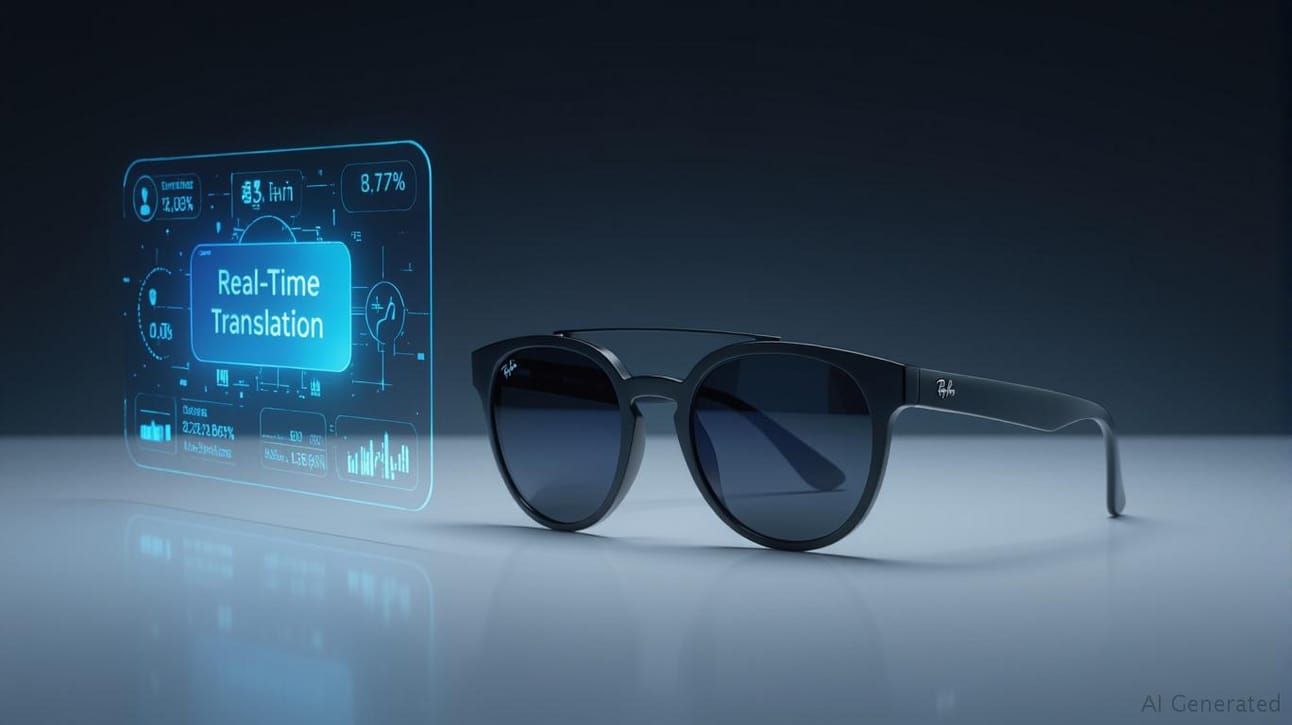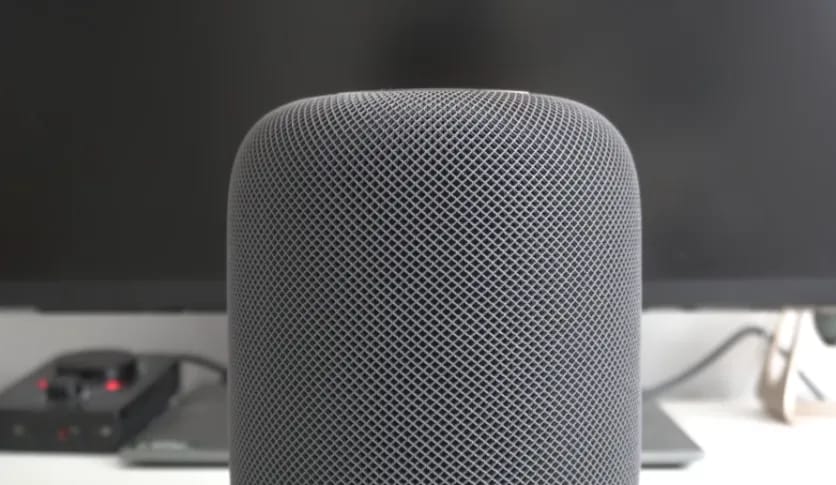- Consumer Tech
- Posts
- Consumer Tech Newsletter | Fospha’s Halo Effect Research Exposes What Really Worked This Prime Day
Consumer Tech Newsletter | Fospha’s Halo Effect Research Exposes What Really Worked This Prime Day
Plus: 🕶️ Why AI smart glasses are booming
Heads up! To ensure you continue receiving our newsletters, please add [email protected] to your contact list!
Welcome to Consumer Tech, your trusted newsletter for updates and analysis on the marketing trends shaping the consumer tech industry.
Prime Day Exclusive 📦
Prime Day 2025 smashed records. Extended to four days, it generated $24.1B in U.S. online sales — a 30% year-on-year surge.
But as brands dive into retros and kick off BFCM planning, one question looms: what actually worked? Which channels truly drove conversions — and how can we know?
That’s where understanding cross-channel halo effects becomes essential. New research from Fospha sheds light on how different platforms influence conversions across both DTC sites and Amazon.
TikTok leads with an 80% uplift in ROAS when Amazon sales are included, followed by YouTube (48%) and Meta (46%). These platforms ignite discovery and spark intent that may convert later — whether on your DTC site or on Amazon. Without visibility into cross-channel halo effects, that impact remains invisible.
👉 Explore Fospha’s Halo Effect research to uncover what really drove your Prime Day results.
Sector Spotlight 🎥
SMART GLASSES MARKET
AI-driven smart glasses are poised to become essential consumer devices, with the market expected to grow to $8.26 billion by 2030. Their integration into healthcare, enterprise, and content creation highlights untapped potential for marketing professionals. Undervalued tech players like NVIDIA and Vuzix offer strategic investment opportunities as the market shifts towards AI-as-a-service models.

AI Invest
PRODUCT UPGRADE
Apple's upcoming AirTag 2, expected by year's end, introduces significant enhancements such as a next-gen ultra-wide band chip for precision finding up to 90 meters. This update is particularly relevant for marketing professionals interested in new consumer technology applications, as it addresses privacy concerns and broadens product usability.
AI-DRIVEN COMMERCE
AI technologies are transforming eCommerce by enhancing personalization and adapting to consumer behaviors during sales events, as seen in Amazon's post-Prime Day performance. Retailers like Walmart, Sephora, and Kroger are effectively using AI for pricing and recommendations, driving significant revenue growth. Marketers should focus on leveraging AI platforms to optimize strategies for meeting diverse consumer demands.
SMART HOME EXPANSION
Apple's impending HomeAccessory launch, after overcoming AI-related hurdles, is key for marketing professionals eyeing smart home tech trends. Analysts forecast a first-half 2024 release, featuring an A18-chipset and display, boosting Apple's smart home positioning. Marketing implications include leveraging eCommerce for smarter home integrations and enhancing user engagement through multifunctional device interactions.

TechTimes
Optimization Hub ⚙️
ECOMMERCE STRATEGIES
Google's evolving search landscape demands that eCommerce businesses prioritize structured data, mobile performance, and site speed to maintain visibility and competitiveness.
The AI-powered Search Generative Experience emphasizes clarity in product listings, with schema markup becoming crucial for ranking. To succeed, retailers must adopt a search-first approach, ensuring compatibility with Google's preferences to effectively reach their target audience.
RETAIL MEDIA STRATEGY
Retail media continues its growth in 2025, with advertisers focusing on full-funnel strategies across various platforms. As Amazon leverages its data dominance, competitors like Walmart and Instacart strive for their share. The landscape demands a unified approach to brand and performance budgets, emphasizing data-driven decisions and measurement incentives.
ClickZ is a ClickZ Media publication in the DTC eCommerce division
